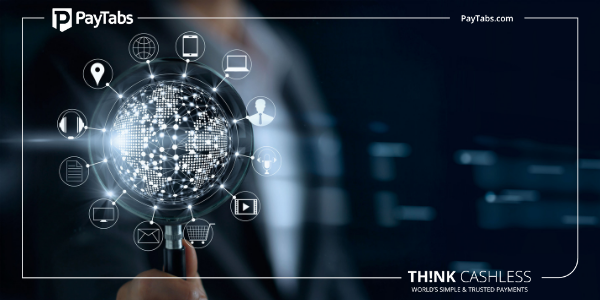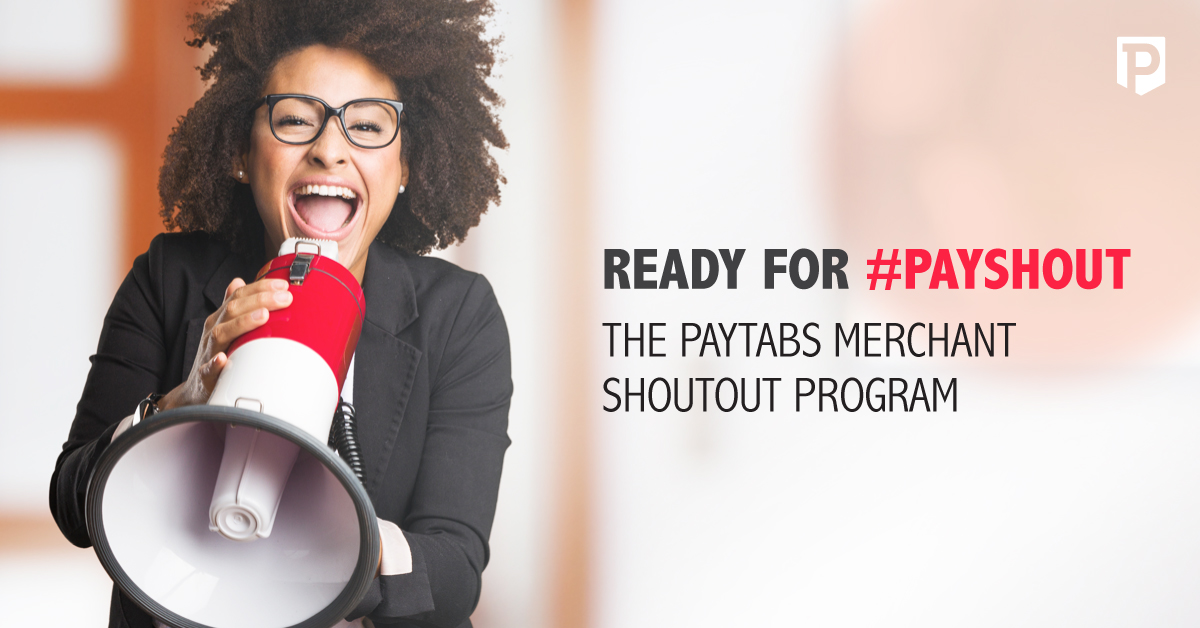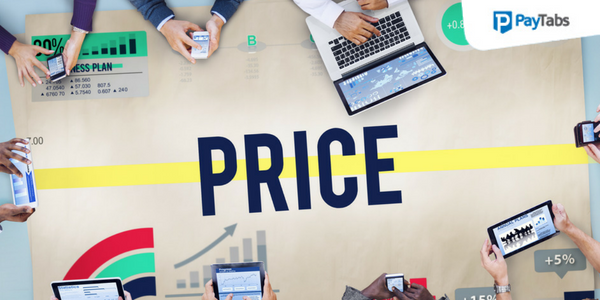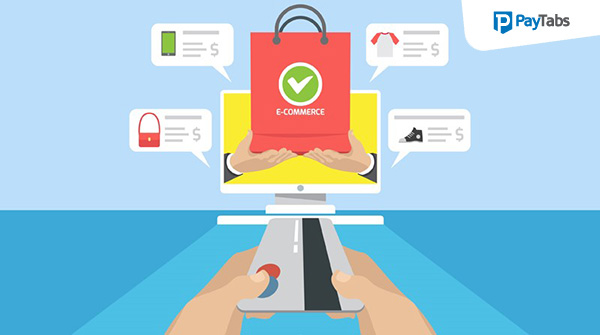Marketing on a Shoestring Budget: Top Tips for SMBs
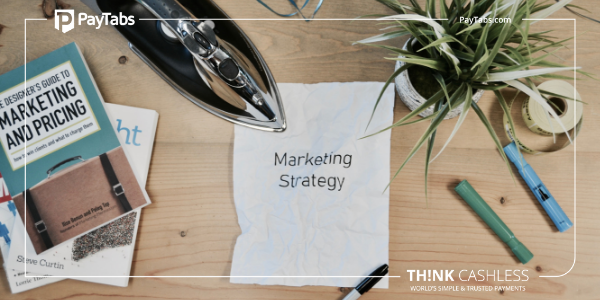
Marketing is vital for any business but is expensive at the same time. The costs associated with marketing campaigns can be especially prohibitive for small and medium scale businesses. However, with some innovation and creativity, you can market your business with minimal resources. Here are some of the top tips to help you make your business grow without breaking the bank.
Go Social: Social media changed the landscape of online marketing and any SMB would do itself a favor by incorporating it into its marketing plan. While generic social media sites such as Facebook, Twitter and Instagram may be useful in reaching broader clientele, you may also use specialized social and networking sites relevant to your target market segments. However, the use of social media for marketing is a double-edged sword and thus, needs to be handled in a professional manner. As an SMB, you should ensure that you are getting the right message across without overexposing yourself.
Harness the Power of Referrals: Grow your business with some help from your existing client base. Leverage your customer base by asking them for referrals. However, you will need to take the initiative and may also have to offer some sops to entice your customers to provide good referrals. Such word of mouth marketing generally entails low cost and high conversion rate, making it a highly efficient marketing tool. You can offer free trial to your clients in lieu of referrals or you may give them discounts on their purchase; just make sure that the incentive system offered by you meets the requirements of your target market. Keep your clients updated about your referral programs so that your referral program does not get stuck in a rut.
Network & Collaborate: As an SMB, you should focus on networking, both online and offline for promoting your business. But like any other marketing tool, you should ensure that you are not overdoing it. While you should be consistent in harnessing the power of your network, you should also be aware that you can drive people away by being too forceful. For this purpose, you may attend industry conferences and other such events to acquaint yourself with people in your segment. Networking is a long-term marketing tool and requires considerable time investment to yield proper results. Apart from networking, you may also decide to collaborate with other businesses engaged in your vertical. You can go for joint marketing of your products and services or may choose to engage in some industry specific contests.
Organize Giveaways and Contests: Conducting events and promotional schemes such as early bird discounts can help you in gaining initial customer base. Some of the tools you may use in this regard are organizing quizzes or other contests and then offering them goodies in the form of discounts or free merchandise. Such promotional measures will not only help you strengthen your hold over your existing client base but will also bring in new customers. While using promotional events as a marketing tool, you should ensure that the incentives you offer to your customers contribute towards the demand factor. If your products or services ARE new in the market, then you may offer time-based trial versions as giveaways. This will allow the customers to try out the products before they fully commit to them.
Create a Niche: In today’s highly competitive world, it is absolutely vital for your business to create a niche for itself in the market. While you promote your products and services, make sure that you tell your story in such a way as to establish a unique brand proposition. Creating a strong brand ensures that you enjoy higher recall value and customer stickiness. A powerful brand also helps you in incurring lower costs for acquiring and maintaining customer base. One other strategy which may help you in creating a unique selling proposition or USP is to create targeted videos and other such content.
For an SMB, it is important to execute an efficient marketing plan.
